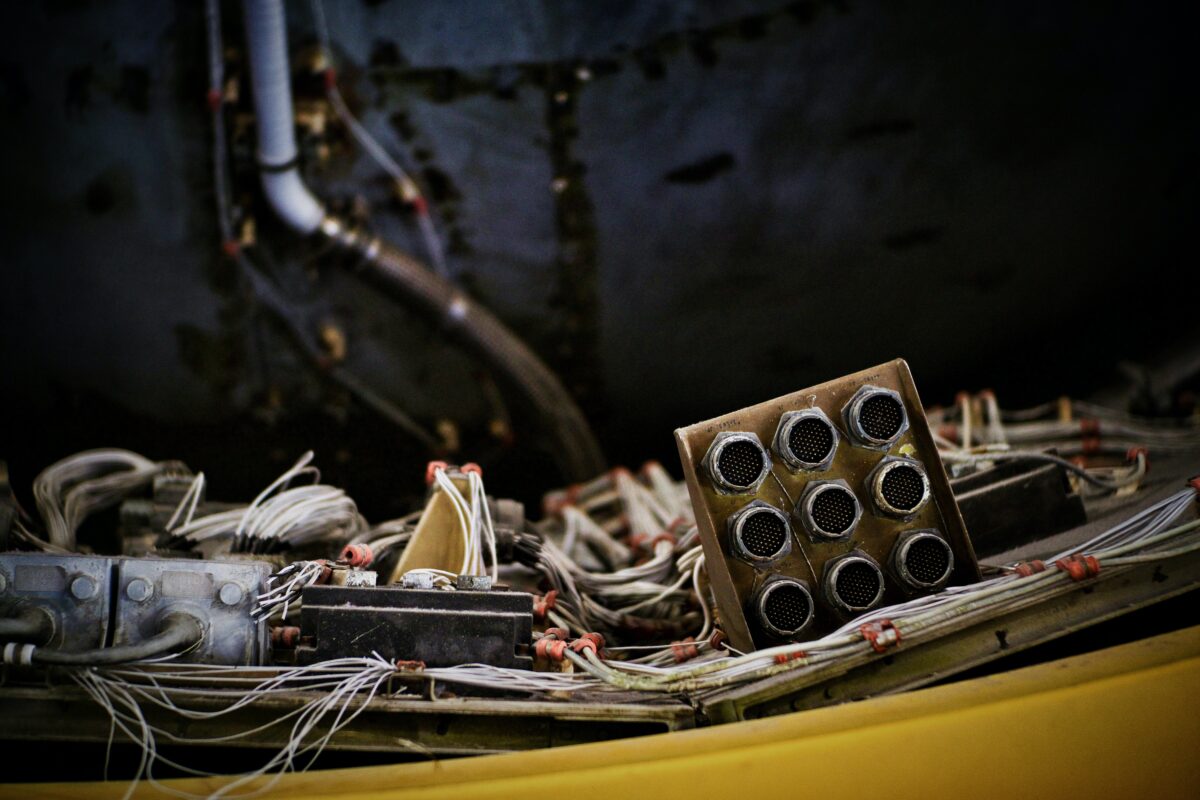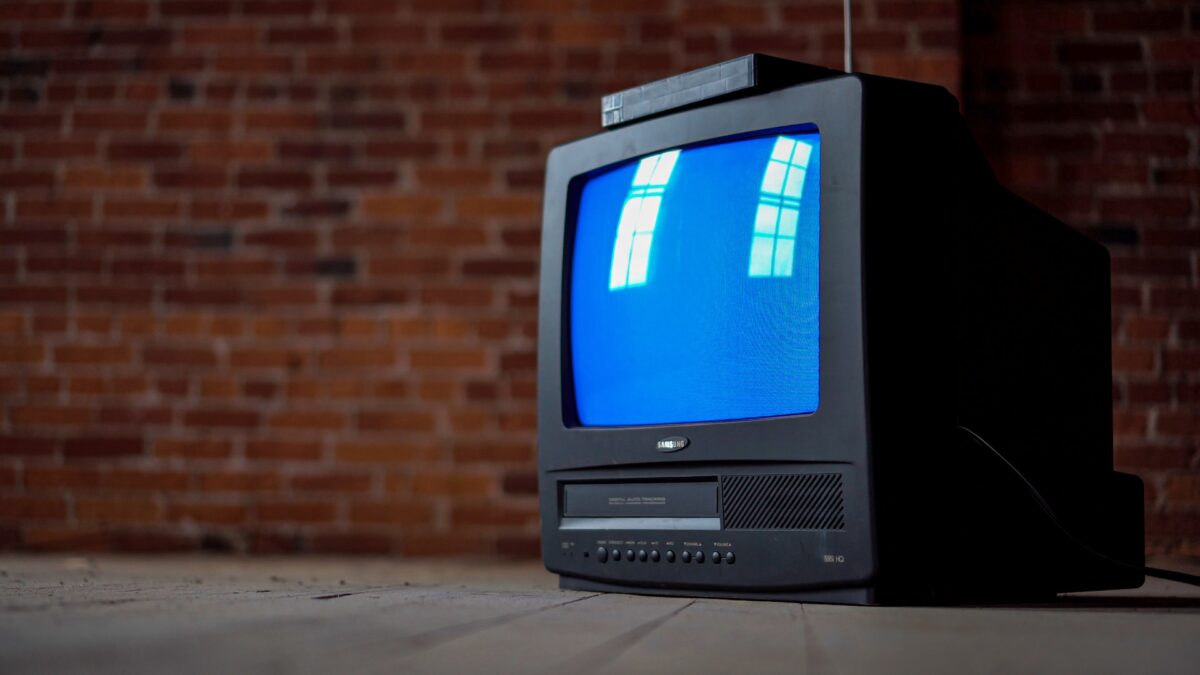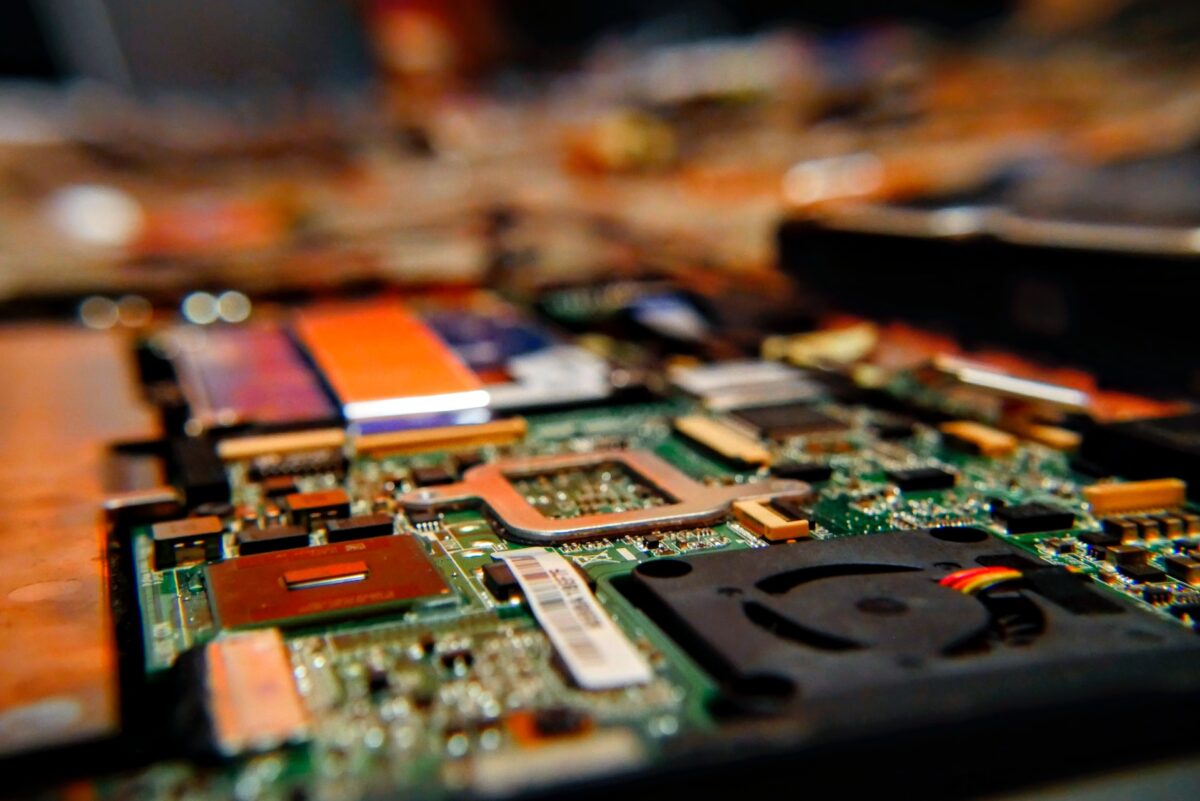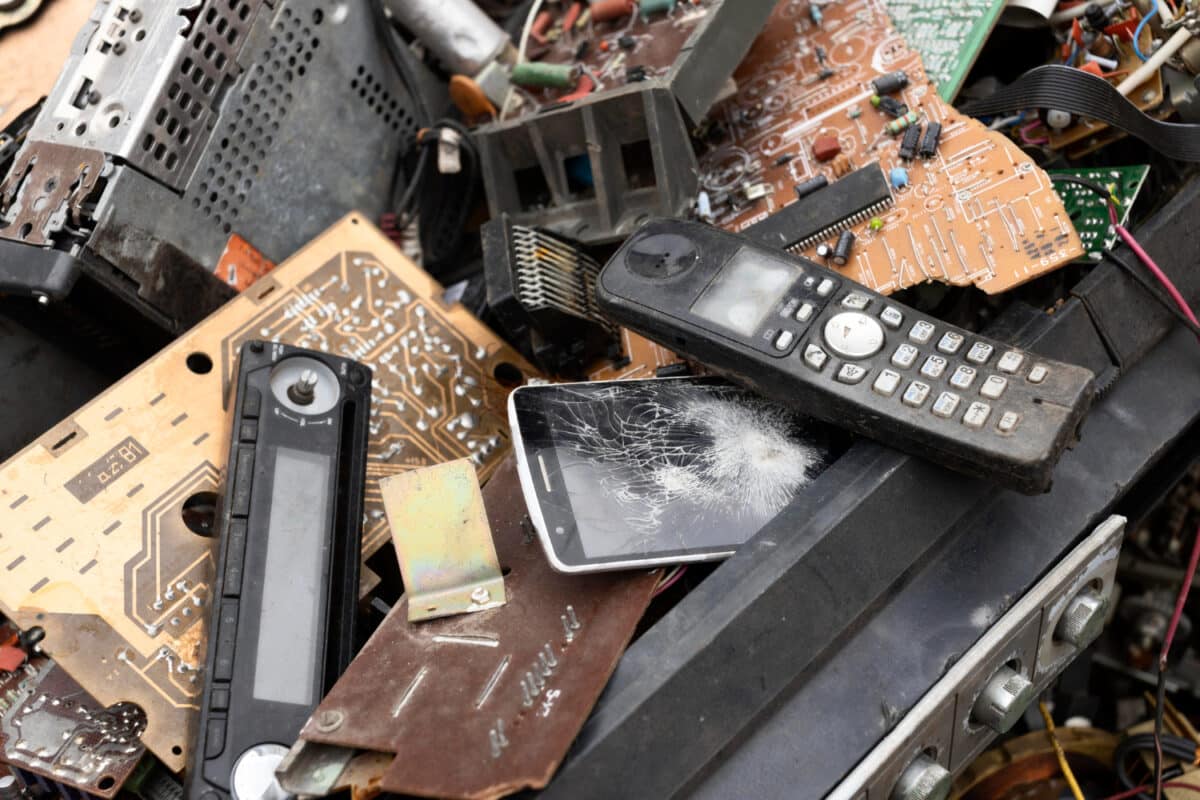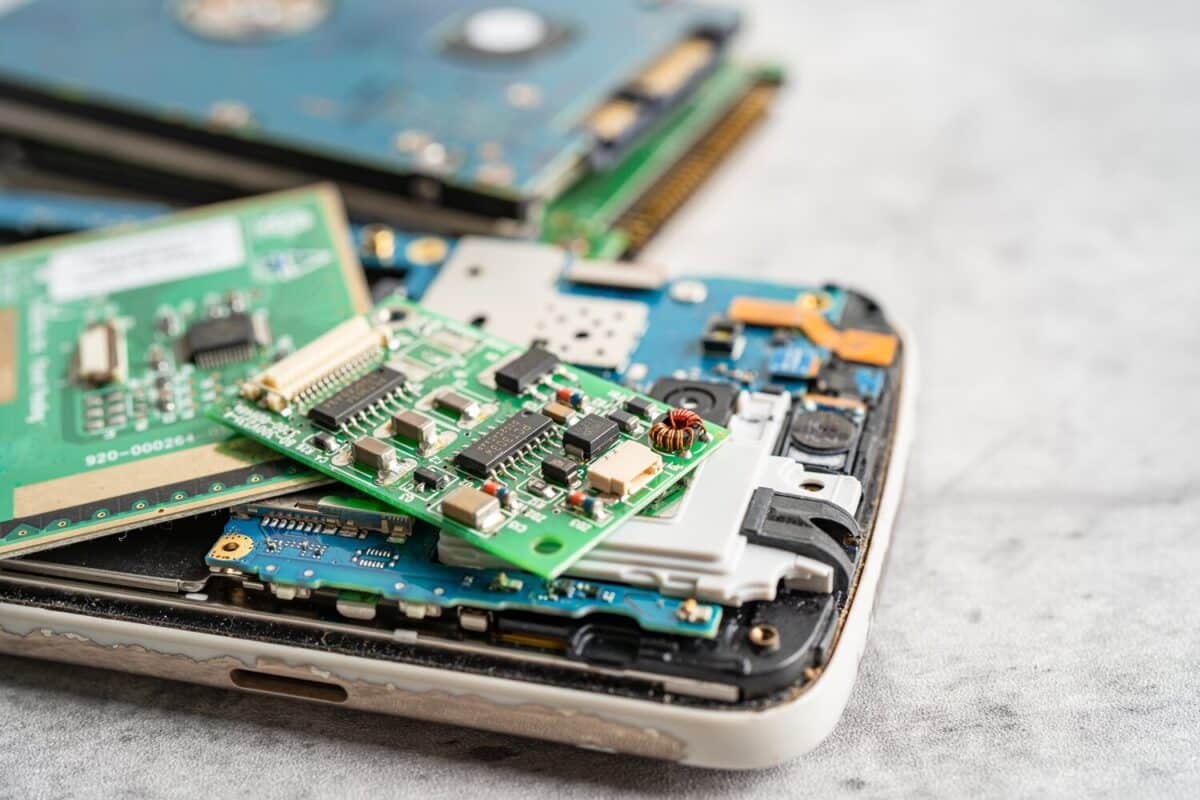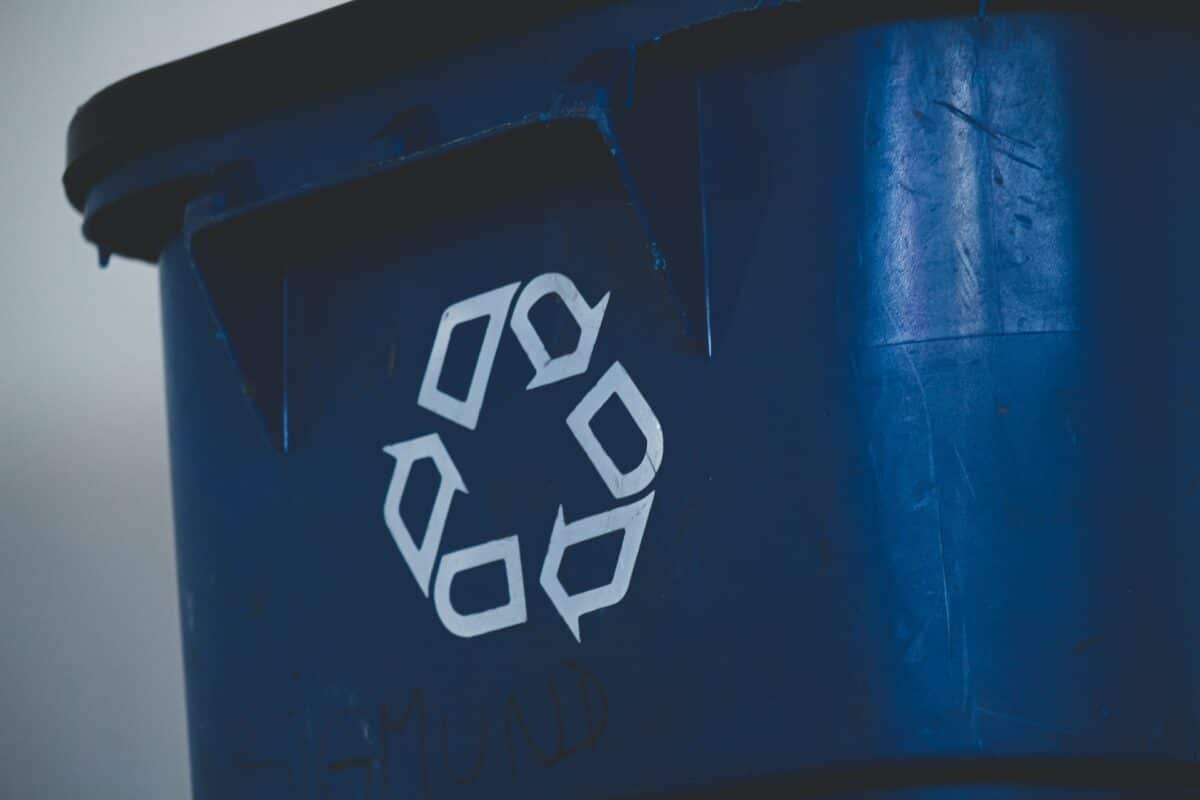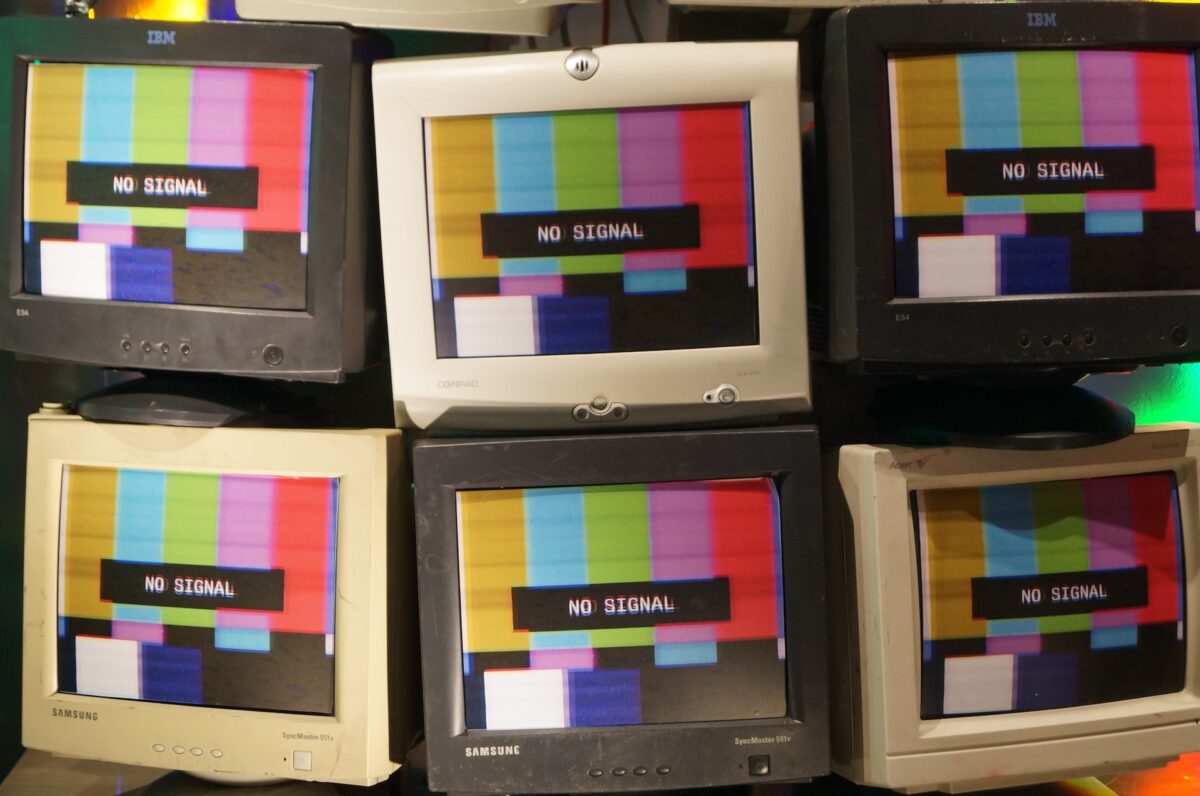Ways to Repurpose E-waste and Create New Revenue Streams
The proper disposal of waste is a crucial global concern that has a significant impact on both the environment and human well-being. And electronic waste, also known as e-waste, is one of the fastest-growing waste streams globally. E-waste refers to electronic devices that are no longer in use or have become obsolete.
Examples of e-waste include televisions, computers, smartphones, and other electronic devices. It is very important to dispose of electronic waste properly because it contains dangerous substances like lead, mercury, and cadmium that can cause serious health issues if not handled correctly.
However, e-waste can also be an excellent source of revenue if repurposed. This article will explore ways to repurpose e-waste and create new revenue streams.
Repair and Resell Electronic Devices
An effective method to repurpose e-waste is by repairing and reselling electronic devices. Many people discard their electronic devices when they are no longer working correctly, even though they may have only minor faults.
These devices can be repaired and resold to individuals who cannot afford to purchase new devices. Repairing and reselling electronic devices is not only an excellent way to repurpose e-waste, but it also creates job opportunities for individuals with technical skills.
Recycling E-Waste
Recycling e-waste involves breaking down the components of electronic devices and reusing the materials to create new products. To illustrate, the outer covering of a TV made of plastic can be reused to make fresh plastic items. The metal components of electronic devices, such as copper and aluminum, can be melted down and reused to create new products.
Recycling e-waste not only creates new revenue streams but also helps to reduce the negative impact of e-waste on the environment.
Donating to Schools and Non-Profit Organizations
Many schools and non-profit organizations do not have the budget to purchase new electronic devices. Donating electronic devices that are still in working condition can help these organizations save money and provide their students or members with the necessary tools to learn and grow.
Doing so not only repurposes e-waste but also provides opportunities for individuals who may not have access to electronic devices.
Creating Art and Jewelry from E-Waste
Creating art and jewelry from e-waste is an innovative way to repurpose electronic devices. Electronic devices can be broken down into various components, and these components can be used to create unique pieces of art and jewelry.
For example, the glass from a broken smartphone can be used to create a beautiful pendant. Creating art and jewelry from e-waste not only repurposes electronic devices but also creates a new revenue stream for artists and designers.
Starting Electronic Repair And Recycling Businesses
Another way to repurpose e-waste is by creating electronic repair and recycling businesses. These businesses can repair and refurbish electronic devices and resell them, or they can break down electronic devices and recycle the components.
They not only repurpose e-waste but also create employment opportunities and generate revenue.
Educating the Public on Proper E-Waste Disposal
Educating the public on proper e-waste disposal is essential to reducing the negative impact of e-waste on the environment. Many people are unaware of the proper way to dispose of electronic devices and may discard them in the trash, which can lead to hazardous materials leaching into the soil and waterways.
Education campaigns can inform the public about the importance of e-waste disposal, the hazards of improper disposal, and the various ways to repurpose e-waste.
This approach can also lead to new revenue streams for businesses that specialize in e-waste recycling and repurposing.
Conclusion
E-waste is a growing problem globally, but it can also be an excellent source of revenue if repurposed. Repurposing e-waste not only reduces the negative impact of e-waste on the environment but also creates opportunities for individuals and communities to learn, grow, and thrive.
Are you concerned about e-waste in Atlanta? Green Atlanta Recycling has got you covered! Our completely sustainable and cost-effective solutions for recycling and disposal of electronics are available to both businesses and residential customers in the Atlanta area.
Choose Green Atlanta Recycling for responsible e-waste management. Contact us now to learn more!
